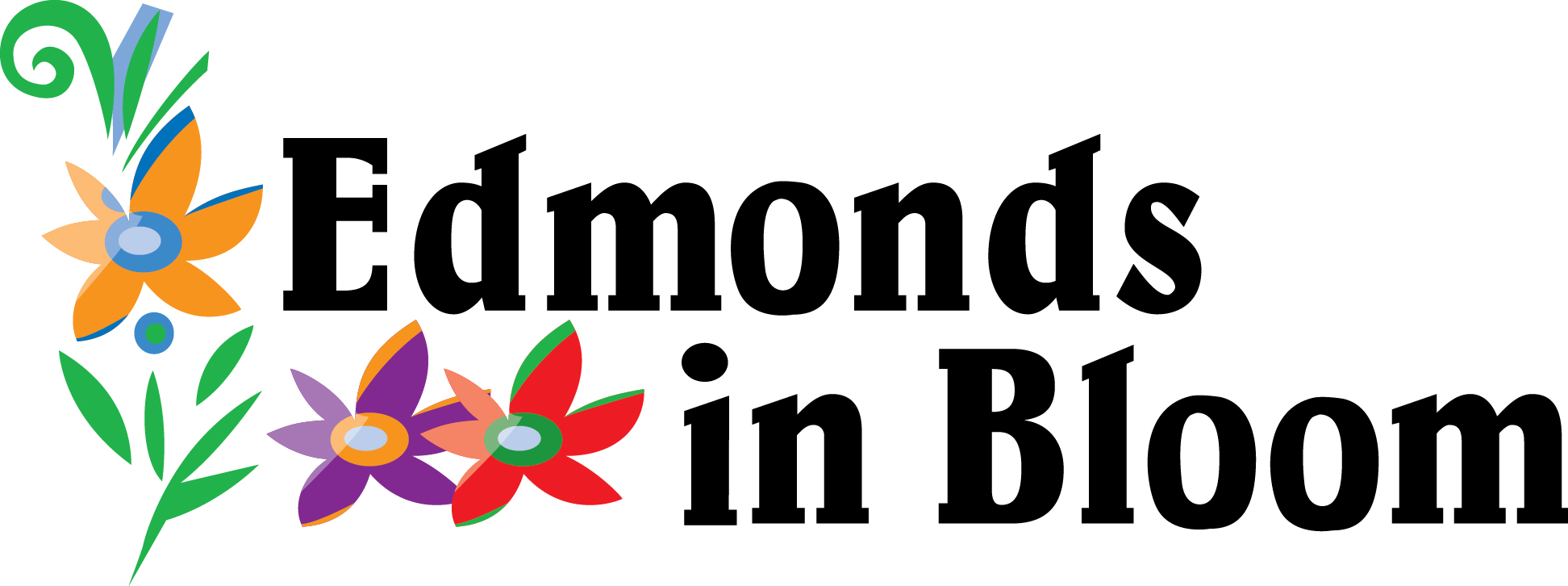Growing Vegetables and Flowers in the Shade
There are degrees of shade, which range from 100% shade in an alley between two buildings, to dappled shade under a tree, or shade in the morning (before noon), or afternoon ( after 2 p.m). Your particular scenario will be a factor in what you can grow successfully. In general, partial shade for growing purposes is generally considered to mean less than 5-6 hours of full sun.
Some plants are more tolerant of shady conditions than others. Here are a few edible and ornamental plants to try if your garden is sun-challenged, and some tips on how to get the most out of the little sun you have.
Greens, Herbs, and Roots

Greens such as Arugula, Spinach, Mustard, and Lettuce, as well as Chard and Bok Choy, can tolerate some shade. If you are having difficulty finding a place with 5-6 hours of sun, make a sun map. Photograph the garden at various times of day in spring, and again in summer to determine which areas get maximum sunlight.
Kale, some herbs including Parsley, Cilantro, Chervil, Basil, and Dill, and root vegetables including Carrots, Beets, Radishes, and Turnips are more tolerant of shade than fruit-bearing vegetables like tomatoes and peppers. Experiment to see what works best in your circumstances.
|
Tips for growing vegetables in part shade • Reflective surfaces, including white walls and reflective mulches, can direct light to your plants. • Raised beds are particularly important if you are growing vegetables under the dappled shade of trees, as tree roots will rob moisture from your plants. • Containers can be a shade gardener’s best friend. Use lightweight pots that can be easily moved as seasonal changes affect light. |
Wildflowers
Observe nature. The wildflowers growing and blooming at the edges of woods will also add color to your part-shade garden. Here are five that you can easily grow from seed.
Phlox, Virginia Bluebells, wild Geranium, Columbine, and native Penstemon varieties are all native perennial flowers that tend to self-sow in their natural habitats. If the species you are growing is native to a cold winter climate, the seeds will have to be cold-treated—chilled for about a month—before they germinate. You can do this by placing a few seeds on a moist paper towel, securing them in a plastic bag, and refrigerating them. Wildflower seeds may take 2 weeks or more to germinate, so be patient.
Another option is to plant the seeds outdoors in fall, in pots or directly in the soil.
Annual Flowers
Annual flowers generally require a good amount of sun, being tropical in origin. However, there are a few that are tolerant of partial shade.
Forget-me-nots (Myosotis), Johnny Jump Ups (Viola), Sweet Alyssum (Lobularia), Salvias of many kinds, and Nicotiana (particularly woodland tobacco, Nicotiana sylvestris, and Nicotiana alata) tolerate some degrees of shade. You can start annual flowers indoors 4-6 weeks before you plan to transplant them into the garden. Many flowers, including balsam impatiens, sweet alyssum, hummingbird salvia (Salvia coccinea), and
nicotiana, can be sown directly in the garden. Prepare the seedbed well by working in a 2-inch layer of compost and keep the soil consistently moist until the seeds germinate.
Coleus can be a shade garden star, not because of its flowers, but because its attractive foliage remains colorful all season. Start seeds 8-12 weeks before the planting time in your region.
| Tip for a Colorful Shade Garden Grow lush containers of annual flowers in your sunniest spots. Place them artfully in your shade garden when you want the garden to look its best. |
Credit: homegardenseedassociation.com



